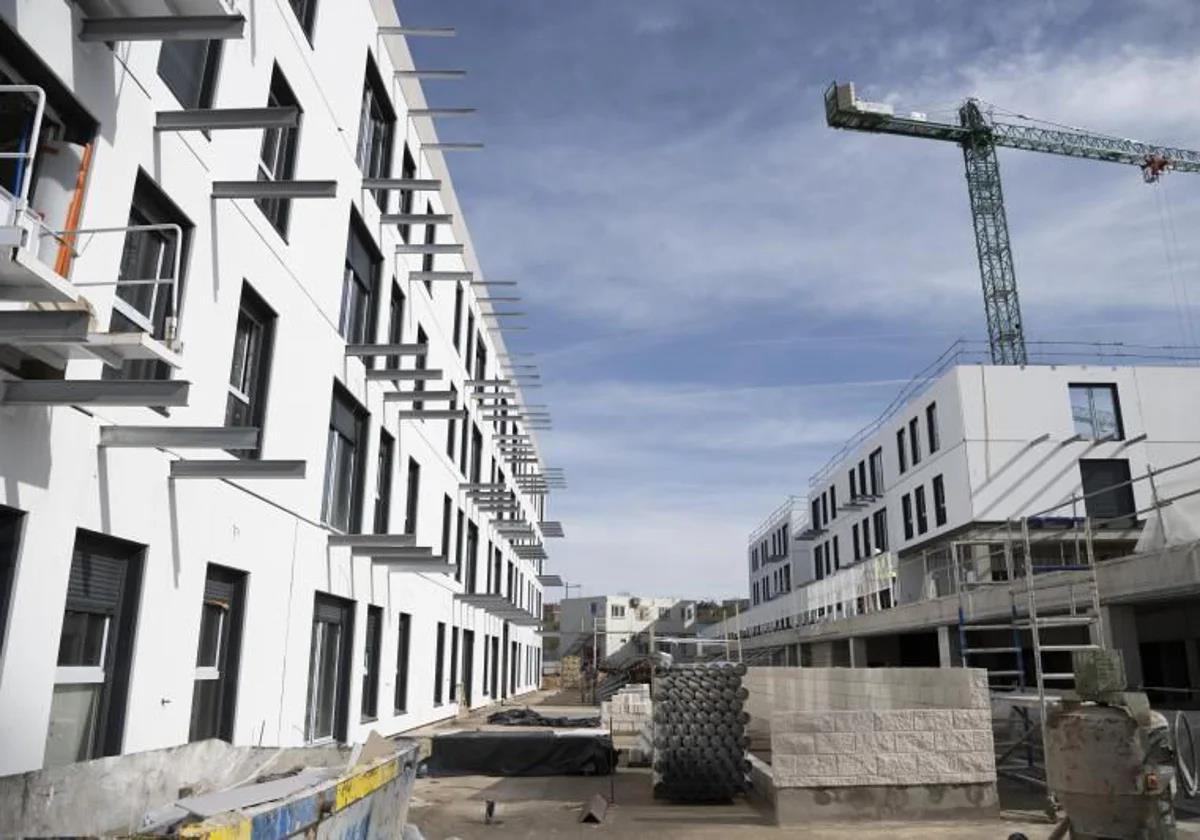House prices will rise by 7% this year due to continued shortage in Spain
Property sales are also forecast to increase by 9% this year and could even reach an all-time record high
Antonio Ramírez Cerezo
Madrid
Friday, 16 May 2025, 13:12
The price of purchasing a home in Spain remains a key factor in 2025 and the ceiling price still appears to be a long way off. If residential property values failed to come down even with the slowdown in mortgage lending triggered by the European Central Bank's interest rate hike, thanks to the successive rate cuts purchases have shot up again and, consequently, transaction values are growing even more rapidly. According to BBVA Research forecasts, home purchase prices will grow by 7.3% compared to 5.8% in 2024 and, in 2026, house prices will increase by a further 5.3%.
Staying with BBVA's research service, behind this forecast is the pressure of demand for housing "in a context of stronger economic growth and scarce residential supply." It comes after a 2024 in which such property sales grew by 11.7%, a trend that has continued at the start of 2025.
The reason for this is that this year property sales are expected to grow by around 9%, which translates into a sales volume of 780,000 units, setting an all-time record high for homebuying in Spain . Meanwhile, in 2026, growth will be around 5%, surpassing 800,000 housing sales, both new builds and used. Behind this increase in transactions will be "stronger economic growth, a robust jobs market, the recovery of foreign economies, the upward revision of demographic projections and the gradual decline in interest rates."
Licence to build: growing but not fast enough
Moreover, this is happening at a time when not much product is entering the market. While new building permits grew by 16.7% in 2024, "the level is still relatively low." The report continues: "The shortage of labour and lengthy land conversion times, among other factors, could be limiting the launch of new projects."
BBVA Research analysts also predict that building licence applications will grow by more than 14% on average annually over the current two-year period. Furthermore, they state that the increase in housing production will be driven by factors such as stronger economic growth, pressure from demand in the face of a reduced supply of new builds and the focus of the governing bodies being more on increasing the supply of social housing.
However, this influx of new housing onto the market will not be enough to meet a demand that will also grow due to the evolution of migratory flows. As BBVA Research reminds us, Spain is expected to have a population of almost 52 million inhabitants by 2030, equivalent to an average annual growth of 1%. "That is approximately 3.5 million more people and 2.1 million more households. This demographic increase, taking into account the average household size, would mean the need for between 1.4 and 2.1 million homes." This figure would be five times the need for housing calculated by the Bank of Spain, which points to a deficit of 600,000 homes nationwide.
